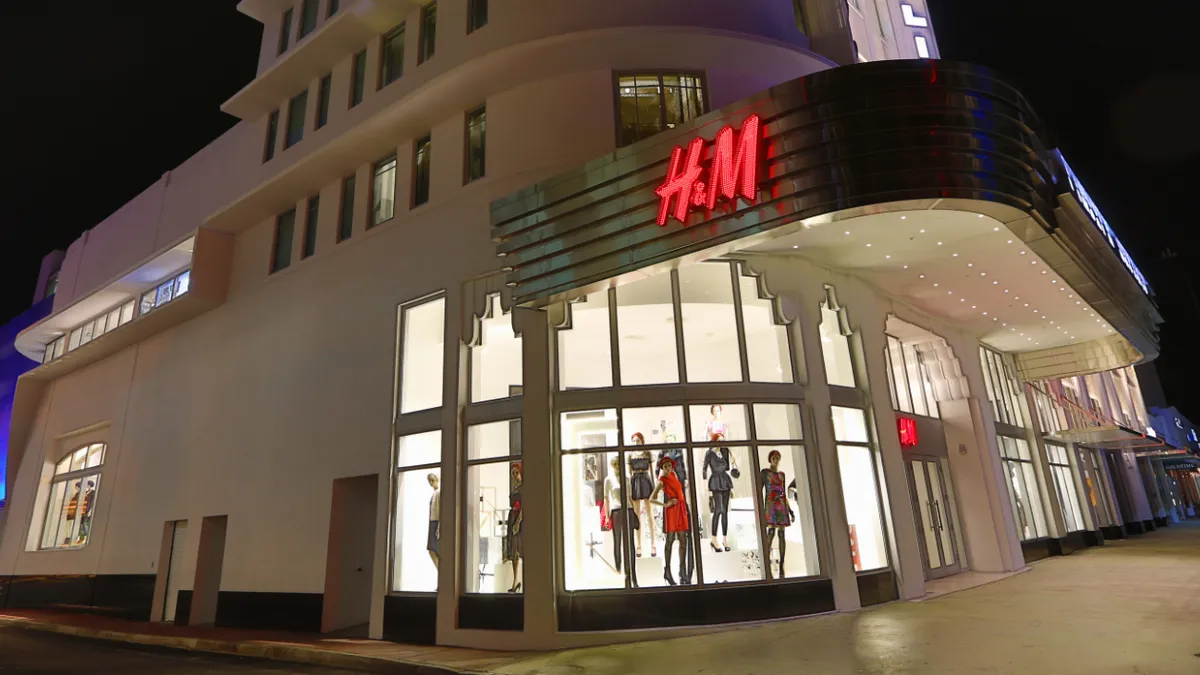NEW YORK — H&M is somewhat known for its work to make fast fashion more sustainable. The retailer pledged to reach 100% recycled or sustainable materials across the company's supply chain by 2030 and 100% sustainable cotton sourcing by 2020. It has an entire collection dedicated to showcasing more sustainable sourcing. The company has had a robust sustainability reporting practice going back to at least 2010.
So why did Arti Zeighami, global head of advanced analytics and AI at H&M, talk about sustainability at the National Retail Federation's Big Show in New York City Monday?
Beyond understanding the environmental nuances of every raw material and input into apparel supply chains, artificial intelligence and predictive technology have a big role to play in making all supply chains, in fashion and beyond, more sustainable, explained Zeighami. The key is aligning demand and supply.
It's about "how you make sure the right product is in the right place at the right time and is transported into the warehouse," he said. "Utilizing data analytics allows us to do that. You see a significant impact. And we're thinking of how can we do this for our entire production?"
H&M created its AI department in 2018, with one of the expressed goals of helping the company make more sustainable business decisions, according to its 2018 Sustainability Report. Now 270 people are working to apply AI to different segments of the company to be as data-driven as possible, Zeighami explained.
"We're actually working very specifically on being able to, for instance, calculate and quantify how many cases you're going to buy [of any item]," he said. With precisely honed demand forecasts, supply chains can use only the resources they need and no more. Without precise demand planning, the result is waste — a historical problem for the fashion industry.
H&M has seen firsthand what can happen when waste creeps into an operation. In 2017, Danish journalists accused the retailer of burning nearly 12 tonnes of clothing annually. H&M claimed the apparel was destroyed because of damage or consumer safety concerns.
Revelations that other brands, too, have burned clothes to do away with excess and unproductive inventory have brought to light the wasteful nature of the fashion industry and spotlighted the need for more finely tuned demand prediction and sensing. Fashion brands often celebrate sustainably sourced materials, but prudent and smart supply chain management could go a long way in making the industry use fewer resources, create fewer emissions and produce less waste, as Zeighami demonstrated.
However, applying AI to demand planning at H&M is relatively new, and Zeighami emphasized it's important to the retailer that doing so doesn't throw out 70 years of fashion experience. Instead of artificial intelligence, he said he prefers to think of the concept as "amplified intelligence" since it heightens and refines what the business already knows.














